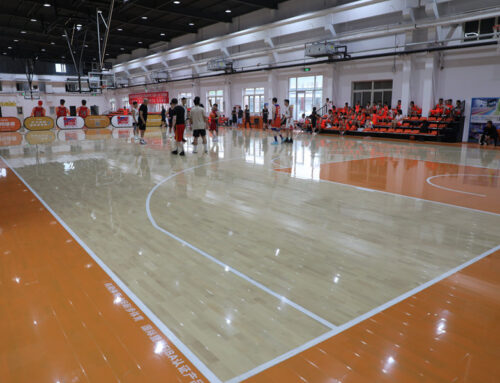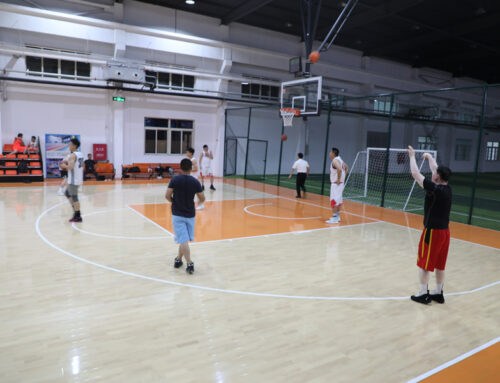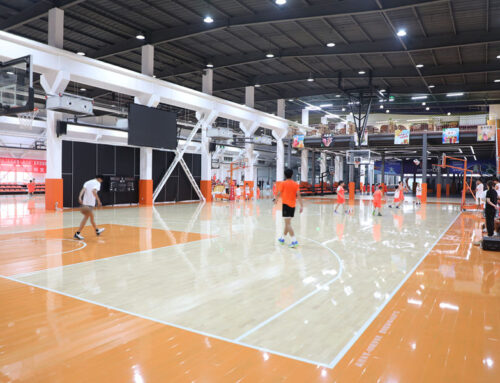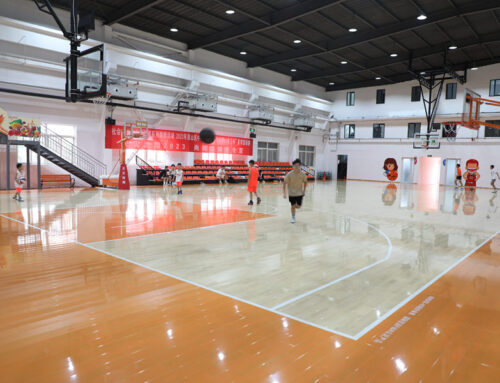So, I got my hands on some of this rubber-backed hard maple portable flooring not too long ago. Needed something decent for practice, you know, something that wouldn’t kill my knees but still felt like a proper floor. Regular floors just don’t cut it, especially for anything high-impact.
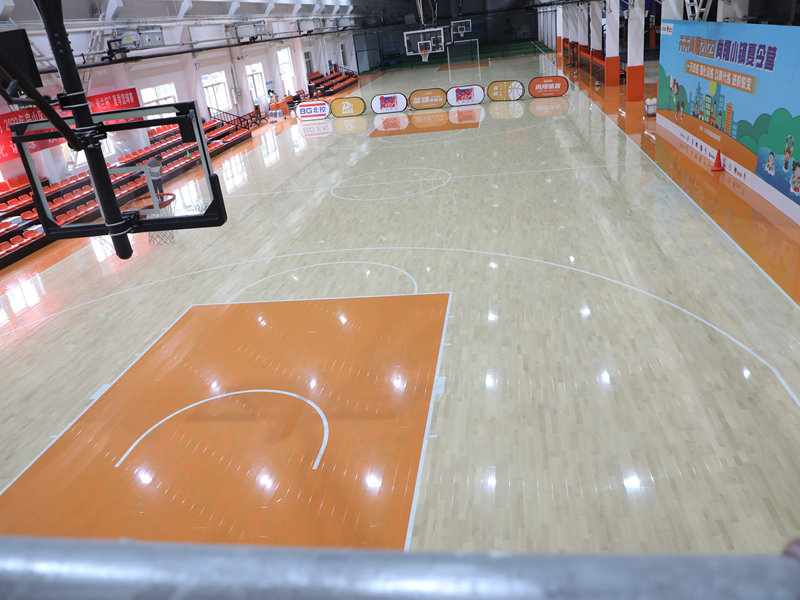
Finding the right stuff was a bit of a chore. Lots of options out there, but I specifically wanted that combination: real hard maple on top because it just feels right underfoot, and a solid rubber base for shock absorption and to stop the darn thing sliding all over the place. Plus, it had to be portable. Like, actually portable, not just “moveable if you have a forklift” portable.
Getting Started
When the boxes arrived, man, they were heavy. That’s the first thing you notice. Maple isn’t light, and good rubber adds weight too. Unpacked the tiles, they looked pretty solid. Nice finish on the maple, seemed durable enough. The rubber backing was thick, felt substantial. You could see the interlocking system, looked simple enough, kind of like puzzle pieces but more heavy-duty.
Putting it together was the next step. I cleared out a space in my garage. Started laying down the first tile, then grabbed the next one. Lined up the edges and just pushed them together. There’s a bit of a technique to it – you gotta align them just right and then give it a good shove or sometimes step on the seam. It wasn’t hard exactly, but it took some effort, especially making sure every connection was flush and tight. Took me maybe 30 minutes to lay out a decent-sized practice area, maybe 10×10 feet.
- Laying the first tile flat.
- Aligning the interlocking edges of the next tile.
- Pushing or stepping down firmly to connect them.
- Checking the seam to make sure it’s tight and level.
- Repeating for the whole area.
The Real Test
Alright, floor down. Time to actually use it. First impression? Solid. It didn’t feel flimsy or hollow like some cheaper portable floors I’ve tried. The hard maple surface had that nice, smooth glide but with enough grip. Then came the jumps and quick movements. That rubber backing? Yeah, you can feel it. It definitely takes some of the sting out of landings. My joints felt noticeably better compared to practicing on concrete or even just standard hardwood without the cushioning.
It stayed put, too. Didn’t slide around, which was a big relief. The weight of the tiles plus the rubber grip kept it anchored pretty well on my garage floor. Over a few weeks of practice, it held up fine. Scuffed it a bit here and there, but the maple surface cleaned up easily enough with just a damp cloth.
Taking it Apart
Now, the “portable” part. Taking it apart was basically the reverse of setting it up. Lifting one edge to disconnect the tiles. Again, took a bit of muscle, they don’t just fall apart, which is good I guess. Stacked them up. They stack reasonably well, but it’s still a heavy pile of wood and rubber. You wouldn’t want to be moving it long distances by hand every single day, but for packing it away or taking it to a different spot occasionally? Yeah, doable. It fits in the back of my SUV, no problem.
Overall, pretty happy with the whole setup. It does what it says on the tin. Gives you a proper dancing surface that’s got some give and doesn’t wander off. It’s work to set up and take down, sure, but that’s the trade-off for having something this solid and modular. Definitely a good investment if you need a serious practice space you can actually put away or move.

